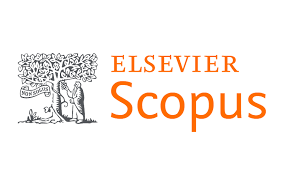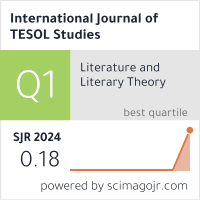2632-6779 (Print)
2633-6898 (Online)


Scopus
Ulrich’s Periodicals Directory (ProQuest)
MLA International Bibliography
MLA Directory of Periodicals
Directory of Open Access Journals (DOAJ)
QOAM (Quality Open Access Market)
British National Bibliography
WAC Clearinghouse Journal Listings
EBSCO Education
ICI Journals Master List
ERIH PLUS
CNKI Scholar
Gale-Cengage
WorldCat
Crossref
Baidu Scholar
British Library
J-Gate
ROAD
BASE
Publons
Google Scholar
Semantic Scholar
ORE Directory
TIRF
China National Center for Philosophy and Social Sciences Documentation
Mark Feng Teng
Macao Polytechnic University, Macau SAR China
Abstract
This research method tutorial article provides a step-by-step guidance on how to carry out linear mixed-effects modeling using R. The guidance was through an example of exploring incidental vocabulary learning under captioned viewing. The data structure is carefully examined to determine an appropriate modeling approach. Both a full model and a simplified model are compared to identify any significant differences in their performance. Subsequently, the optimal model is selected based on the evaluation results. The chosen model is then thoroughly explained and interpreted to shed light on incidental vocabulary learning under captioned viewing. The study encompasses model evaluation and visualizations of the prediction results, providing a comprehensive assessment of the model’s reliability and effectiveness. The aim is to demonstrate the practical application of mixed effects models, showcasing their value in real-world research scenarios for researchers in applied linguistics.
Keywords
Linear Mixed-Effects Modeling, R, incidental vocabulary learning, captioned viewing